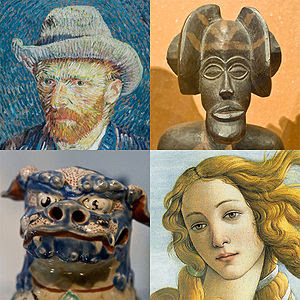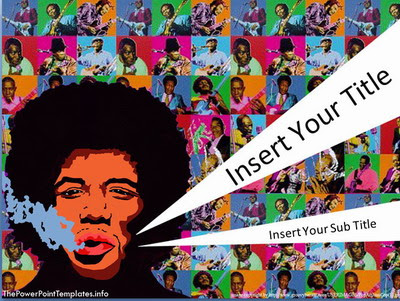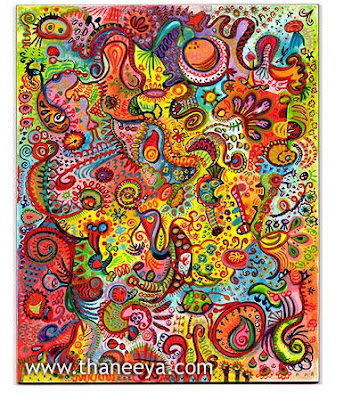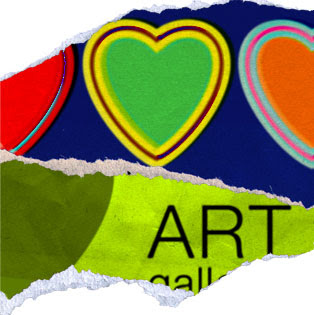Fine Art is defined in the Encarta Dictionary as being, “any art form, for example, painting, sculpture, architecture, drawing, or engraving, that is considered to have purely aesthetic value” (Encarta, 2004). Though this definition is used in relationship with the arts in the regular world, in regards to teaching, fine arts is defined as a subject beneficial, not essential, to the learning process and is often phased out because of lack of time, little learning potential, and no money. Fine arts is simply seen as painting and drawing, not a subject studied by an academic scholar. Writer Victoria Jacobs explains, “Arts in elementary schools have often been separated from the core curriculum and instead, offered as enrichment activities that are considered beneficial but not essential” (Jacobs, 1999, p. 2).
What is missing in classrooms is the lack of teacher knowledge of the benefits of maintaining an art- based curriculum. Teachers “have very little understanding of the arts as disciplines of study. They think of the arts instruction as teacher-oriented projects used to entertain or teach other disciplines” (Berghoff, 2003, p. 12). Fine arts expand the boundaries of learning for the students and encourage creative thinking and a deeper understanding of the core subjects, which are language arts, math, science, and social studies. Teachers need to incorporate all genres of fine arts, which include, theater, visual art, dance, and music, into their lesson plans because the arts gives the students motivational tools to unlock a deeper understanding of their education. Teaching the arts is the most powerful tool that teachers can present in their classrooms because this enables the students to achieve their highest level of learning.




















0 comments:
Post a Comment